A more detailed introduction took place between the LNTPA (Lithuanian Real Estate Developers Association) community and the new Chief Architect of Vilnius, Laura Kairiene. During the meeting, L. Kairiene shared her vision and outlined the goals she sets for herself and her team. The new Chief Architect also identified anticipated decisions that she intends to make to achieve the set objectives.
On a relevant issue concerning the legal basis of certain procedures, the Chief Architect did not delve into details but emphasized, “I don’t want to be the bureaucrat who forgets the market and how it lives. The priority is collaboration and dialogue.”
Structure and Governance:
- The construction process should have a broader scope than it currently does, moving away from a segmented approach.
- There was a lack of collaboration among relevant departments within VMS (Vilnius City Municipality).
- The goal is to ensure that departments participating in the process are accountable to the Chief Architect.
- The Chief Architect’s team will be involved in all stages of the process to have a comprehensive understanding.
- Currently, there is no team or strategic planning in place.
- An active search for a Chief Engineer is underway, with the requirement that the Chief Engineer be subordinate to the Chief Architect.
When asked about the authority of established commissions, L. Kairiene promised to review the existing commissions and only keep those deemed necessary. If a commission is needed, real estate developers will be invited to participate in the discussions. There is also a desire to avoid mandatory approval of insignificant and small-scale needs by the city council.
- Infrastructure departments within VMS are not planners or strategists but contractors. Efforts will be made to separate them from the design and strategy processes.
Overall Planning and Monitoring:
- Building permits (BP) and their monitoring are crucial processes that were not adequately managed.
- External experts, including legal professionals, urban planners, engineers, and cultural heritage experts, will be included in a working group to address the lack of a holistic approach.
- There is an ongoing issue with competence.
The suggestion was made for LNTPA to delegate its specialists to infrastructure and engineering positions within VMS without compensation.
- Could VMS publicly announce changes, procedures, and anticipated processes related to BP monitoring?
- A separate communication team for the Chief Architect is being established due to communication and information dissemination issues.
LNTPA remarked that VMS still faces an unresolved issue – a weak position as the main development organizer for the city. City infrastructure should be the prerogative of the public sector.
Current Issues: Parks, Trees, Agreements with the Public:
- It is time to reach agreements on the algorithm for trees and green spaces, recognizing the value of greenery in the city.
- Decision-making about trees should consider three criteria: diameter of 60 cm, 30% of the plot, and landscape-forming.
- When deciding the fate of trees, it should be done at the conceptual or technical project proposal stage, not in detailed plans.
- Suggestions are needed on how to rationalize the situation.
- Consistency is an investment stimulus.
The Chief Architect promised to share her thesis, which remains relevant today.
- Disagreements with the public incur costs: Sapiegos Park cost, and now the disagreement over Lukiskes Square is costly. Negotiating with the public is worthwhile.
- Agreement with the public at the zero stage of the project is supported. According to L. Kairiene, things will then “go smoothly.”
- Those who present visually appealing project proposals win.
LNTPA’s advice is not to shy away from agreements with the public and not to leave business and society out of the dialogue. Leadership from the municipality is crucial in this regard.
